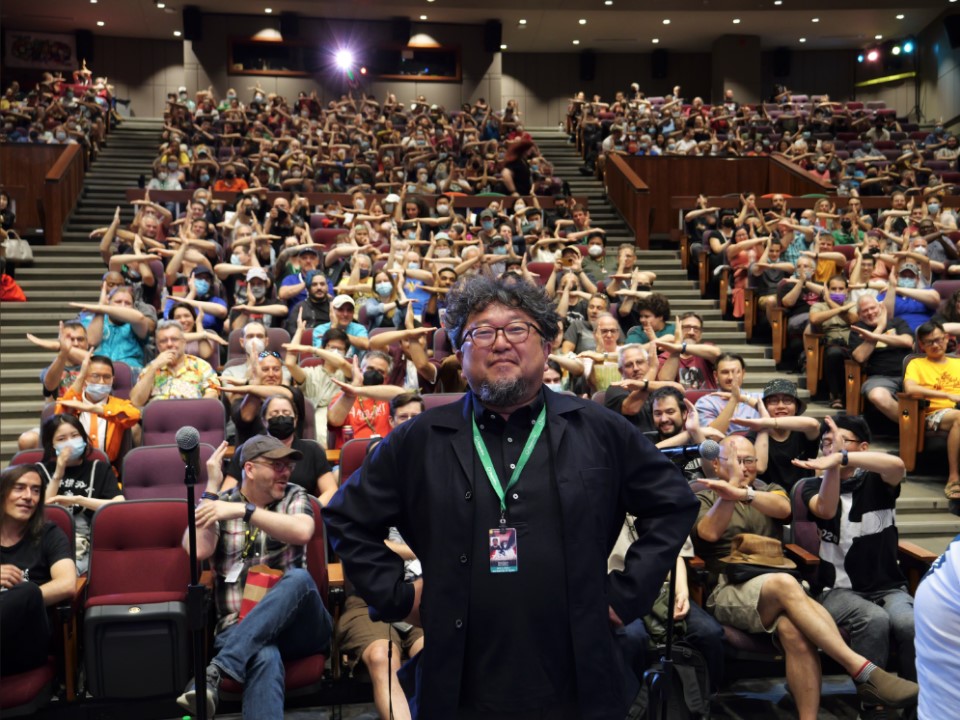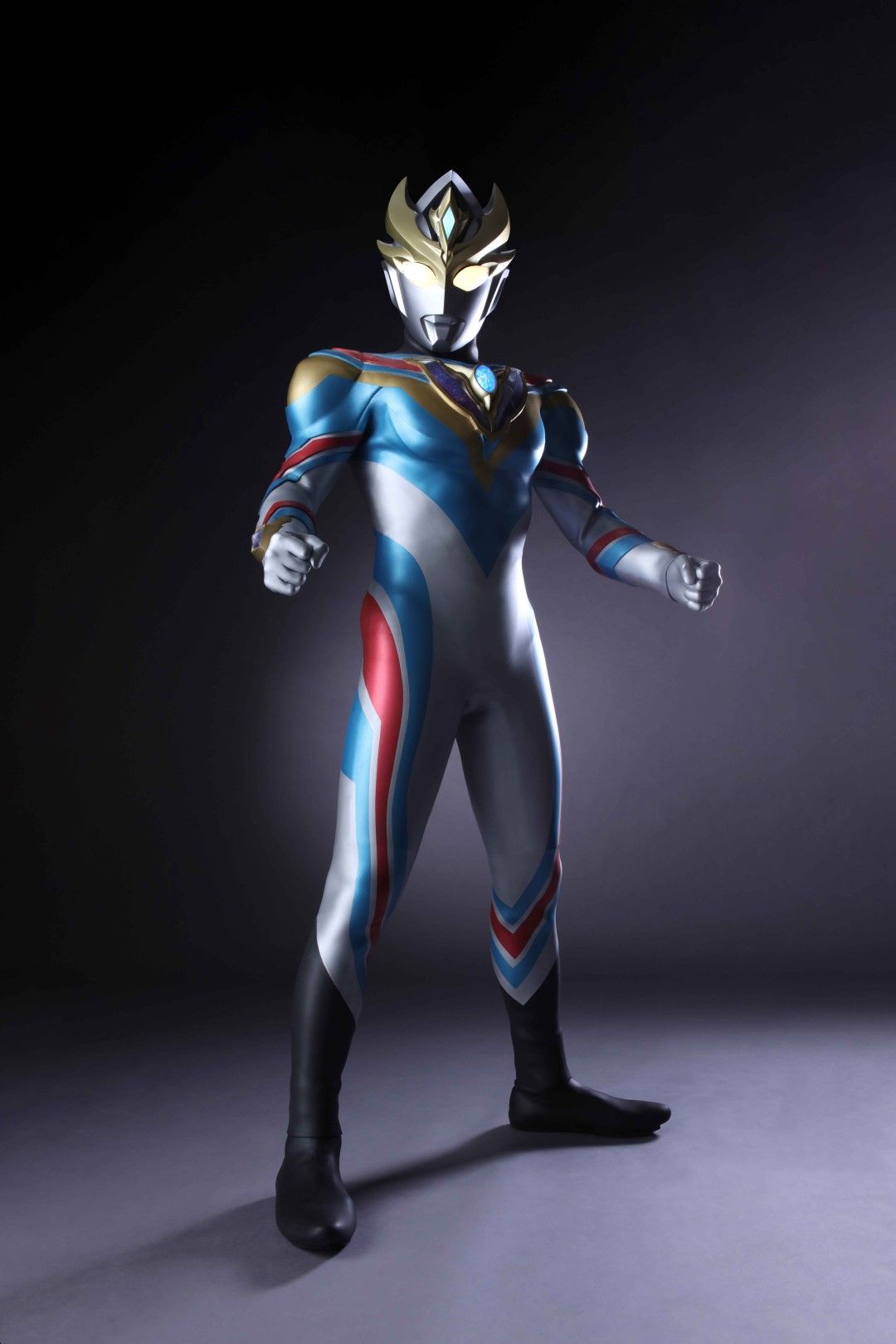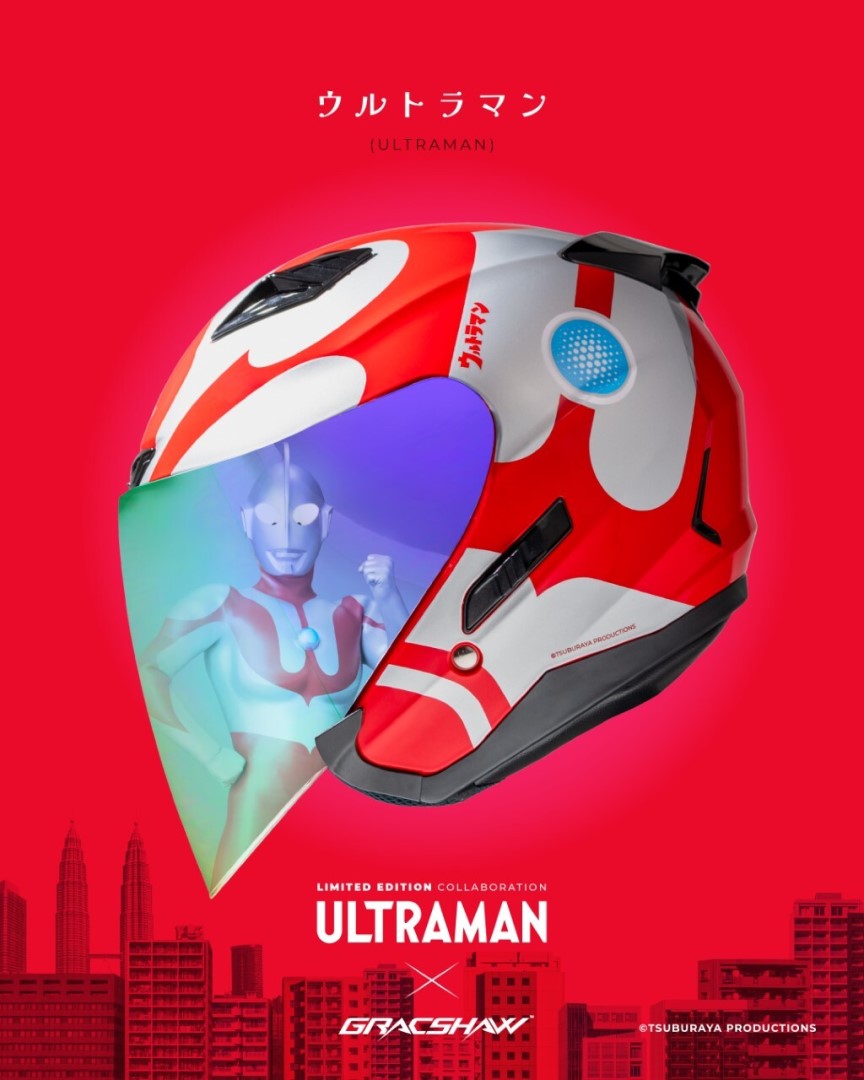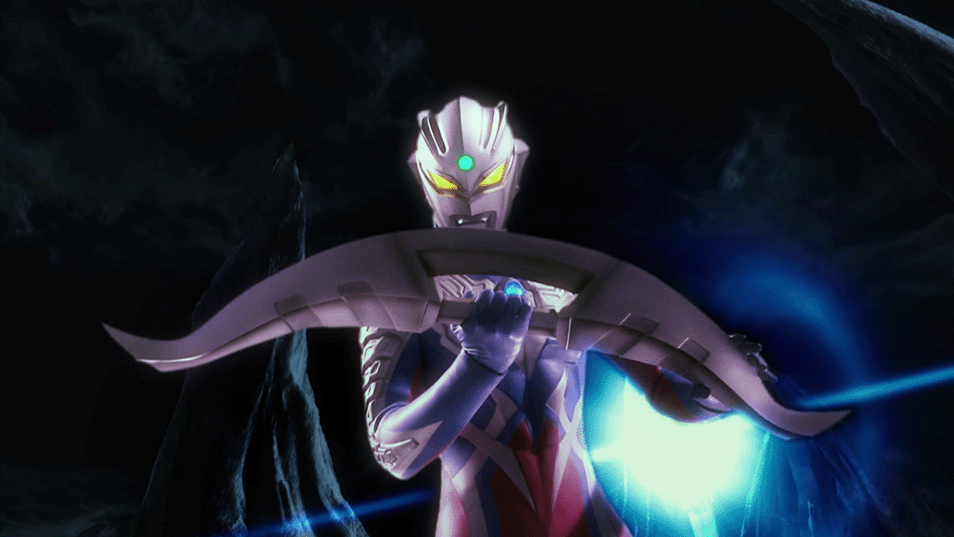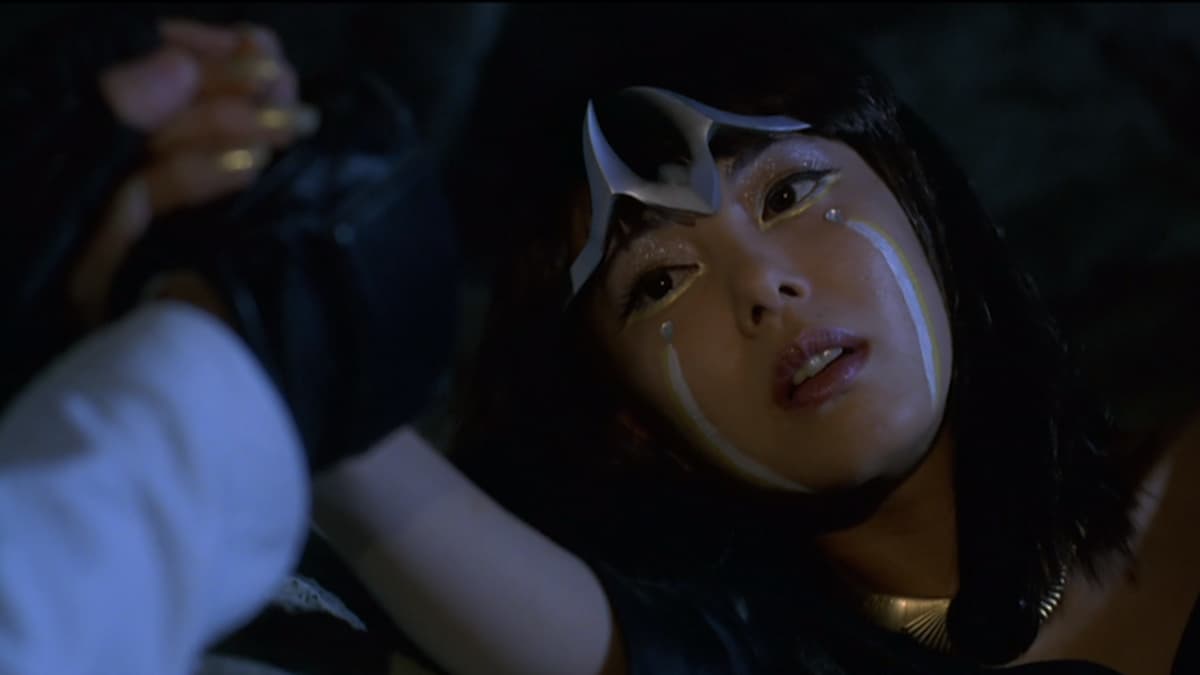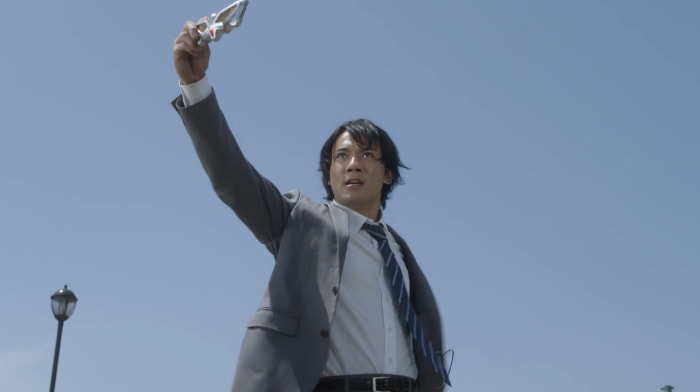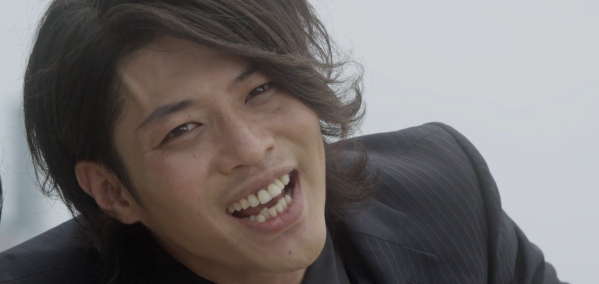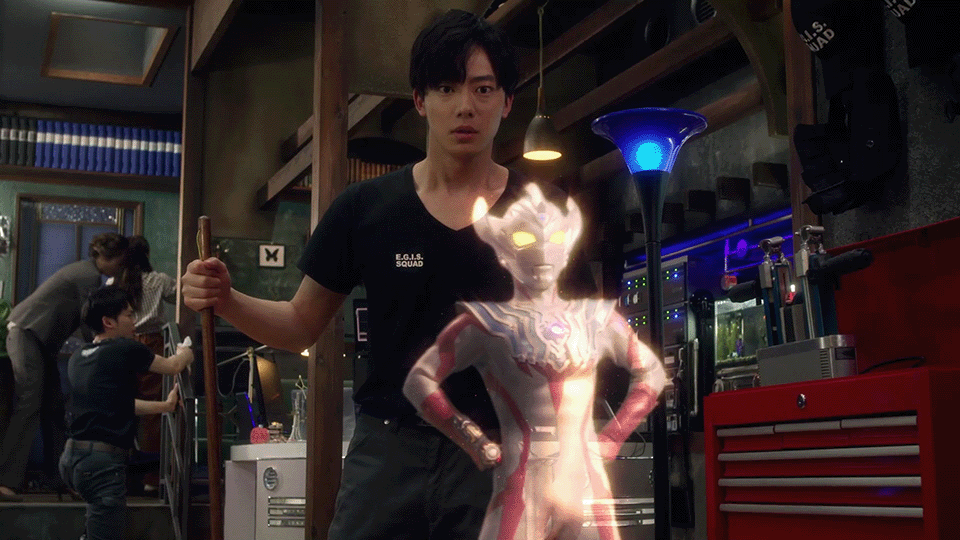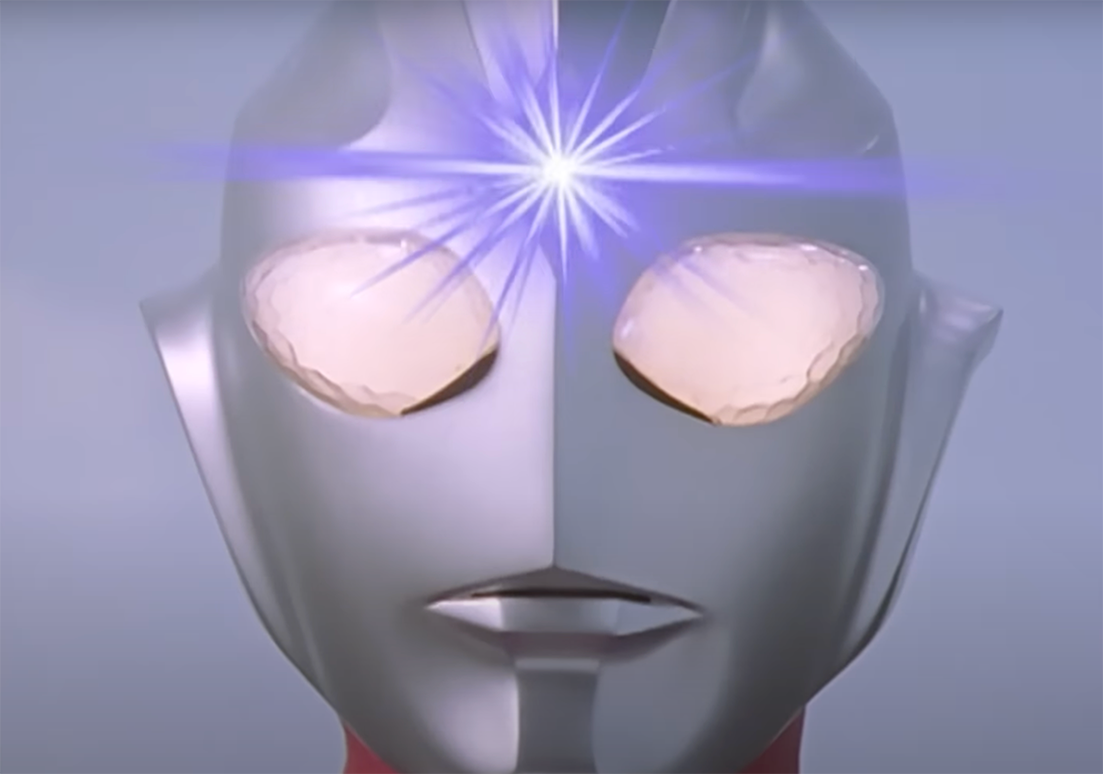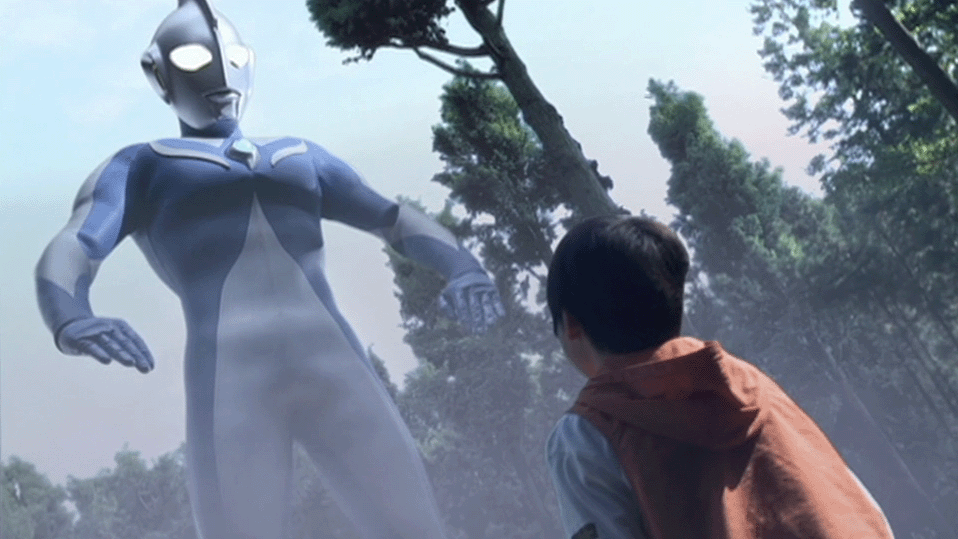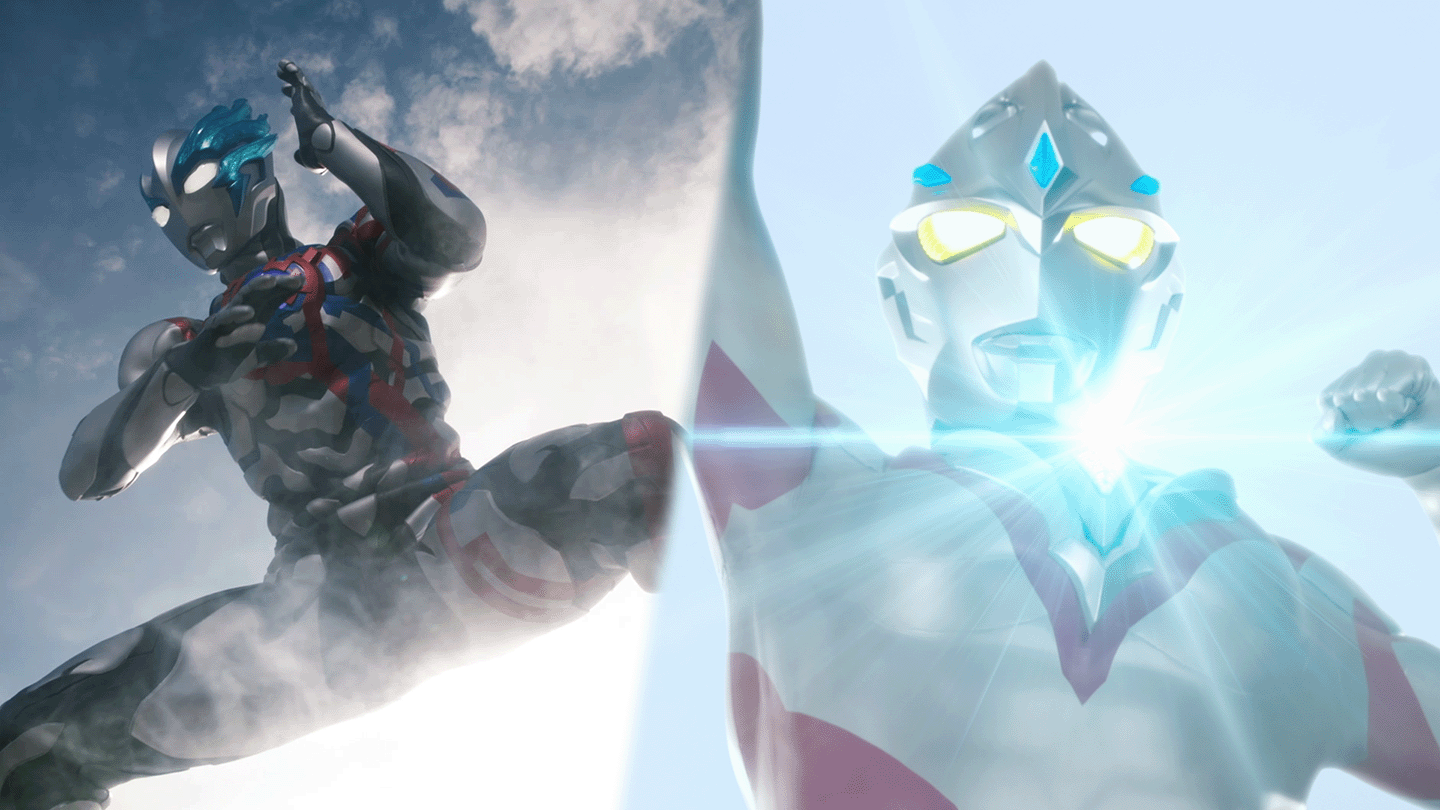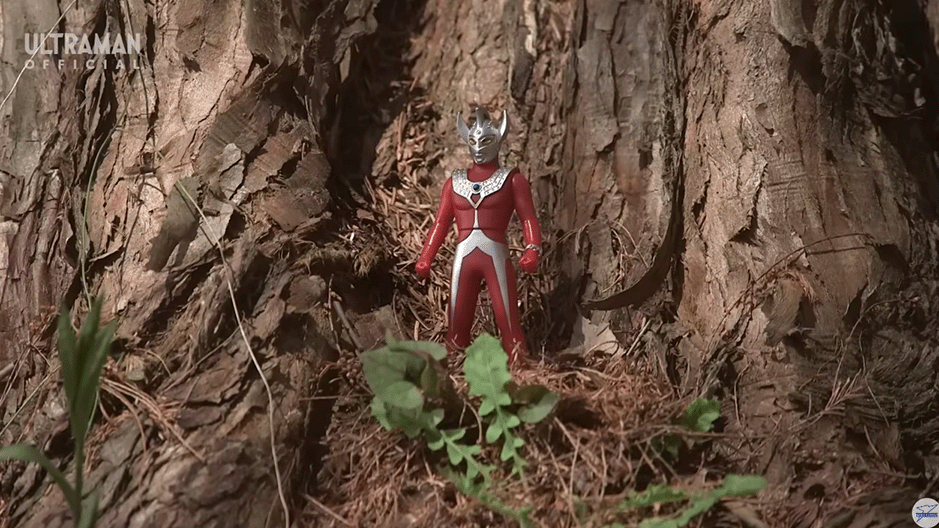Shinji Higuchi first showed up on my nerd radar in 1995 with the release of Gamera: Guardian of the Universe. I was stunned by the special effects and learned that he was responsible for them. Higuchi was somehow able to make this giant turtle seem powerful, intimidating, and most of all…gigantic. His eye for how to photograph kaiju was the actualization of my fantasy of how giant monsters ought to be visualized. Higuchi gives his monsters scale but more so, he gives them majesty.
Higuchi became a full-fledged film director some years later, entering his imperial phase with the Attack on Titan films and the contemporary classic Shin Godzilla. I devoured those films as a fan, but as someone who also produces and works in the entertainment industry, I also realized that Higuchi was not just a stylist but a visionary. His work conveyed deeper and sometimes scathing truths.
Honestly, when I got the inside word from Tsuburaya Productions that Higuchi would be directing Shin Ultraman, I was a bit nervous. Would he darken the property the way Production I.G. did with the anime ULTRAMAN? Would he use the character to criticize Japan or Japanese popular culture? I take my Ultraman straight up, frankly, and hoped Higuchi would not mess with him too much.
I should have known! The film is a love letter to the original series, creator Eiji Tsuburaya, designer Tohl Narita, and the entire team that made the first spectacular year of Ultraman. But the film is also worthy of appraisal as a piece of world cinema because Higuchi captures and crystalizes hope and human aspiration in such a way as to directly challenge the darkness and chaos of the times.

I was fortunate enough to have dinner with Higuchi while he was in my hometown of Manhattan for the Lincoln Center premiere of Shin Ultraman at the New York Asian Film Festival. There was a lot of noise and crosstalk, so I was only able to nerd out a bit with him.
Toward the end of the evening, he showed me some photographs he’d taken of his Ultraman (Zoffy) action-figure in various locations around the city. This was his first trip to New York and naturally he memorialized in this unique way. I asked him if I could run the pictures on Ultraman Connection and he said sure!

My next encounter with Higuchi was quite recently at the Shin Ultraman premiere at Fantastic Fest in Austin, Texas. The film played to thunderous applause at the Alamo Drafthouse there and I was so pleased to see Higuchi being interviewed by the likes of IGN, Film School Rejects, and Gizmodo. When my pals at Tsuburaya offered me the opportunity to ask him a few questions, how could I resist?
The resulting interview was poignant and revealed a few surprising insights.
Gomez: Shinji, some of the talented people with unique creative vision that I’ve worked with had something striking happen to them when they were children. Something that pushed them out of themselves and made them see the world in a different way. Did something like this happen to you?
Higuchi: I was born near Tokyo, but where I was raised was more of a rural area. Being out in the boondocks, I used to play near farms in the fields. One day I saw a snake. I don’t know whether it was poisonous, but it was coming near me. Its head was the size of a Tic-tac box! I thought to myself, it’s either me or the snake.
I grabbed the snake and shook it, whipping it around. I killed the snake, destroyed it. I was spattered with its blood and at that moment I felt I wasn’t human. I was something else. It was like an outer body experience! That was the moment I changed. When I came to, I didn’t remember what happened. I think it was because of this experience I went into filmmaking.
This was the first time I ever saw a snake. I was afraid but knew I needed to act. What should I do? It is almost like I became something else to face it. Like a monster.

Gomez: This leads me to ask about the focus of your creative fascination. Did you have a childhood love of henshin heroes and giant robots? My guess is that you have always been intrigued by monsters and fascinated by tokusatsu.
Higuchi: Instead of the superhero, I preferred the Kaiju. In my heart that was more impressive aspect of tokusatsu for me. I felt badly for the Kaiju. Why do we have to kill it? When you look at them, they’re actually pretty adorable. I felt sorry for the monster.
For every episode of the Ultraman series, you would see all these Kaiju and when they would die, you would see the light go out in their eyes. Some would close their eyes, but seeing those lights go out, seeing the life force go out of their bodies, I felt sadness. This happened in almost every episode. He was shutting off the light in these Kaiju. Some Kaiju had their heads chopped off. It was traumatic!
Gomez: Certainly, I felt the same way. But when I was a child, this kind of television program was very rare. More of my time was spent with Kaiju toys making up stories in my room. Shinji, did you play with monster and hero toys when you were a child?
Higuchi: I played with them a lot! I was the youngest child in my family, so my older sisters would give me anything I wanted. I amassed a huge collection of Kaiju toys, especially from Ultraman. Unfortunately, when I got to elementary school, my mother felt a distaste for the toys and said I was too old for them. She took my figures and threw them away.
Gomez: =GASP= No! No!
Higuchi (smiling): I was too young to think of the games I played as fully developed stories. I was not at a point in my life where I was thinking of them as characters in a movie or camera angles. The figures were from Bullmark. To be honest, they didn’t look all that much like what you saw in the TV shows and movies.

Gomez: Sometimes during Shin Ultraman the hero and Kaiju behaved in a similar manner to toy play. Like when Ultraman spins stiffly around, weaponizing his body against his opponent. Was this on purpose?
Higuchi: We did scans of the original Ultraman props, models, and costumes from Tsuburaya’s archives. Even in Japanese feature film productions the budgets are tight. When figuring out the movements, especially for moments like the spin, we test it in CGI to see what the spin would look like to try to keep the feeling of the original TV series. But then we tried to manipulate the CG model to make improvements, we couldn’t really make it work. Eventually to lock down the shot, we thought it looked better to have it more like the TV series than how a human would flip.
Gomez: But that’s the charm of the movie. Somehow it works and such moments are magical. What makes Shin Ultraman different from the other interpretations you’ve done of classic Japanese properties?
Higuchi: To be honest, I looked at the original series and films and felt they were kind of great already. I wasn’t comparing the character with other reboots. What was important is that the original concept was one of the best of all time, so it was just matter of respecting the original Ultraman series and working from there.
Gomez: There are many amazing set pieces in Shin Ultraman. Were there any that truly challenged your skills as a filmmaker?
Higuchi: The giant lady [Hiroko Asami] was the most challenging scene. It was challenging to have the actor [Masami Nagasawa] convey this notion of scale especially against a green screen. We had to balance a sense of humor and reality to the scene. It was tricky for the original filmmakers to do it in the Mefilas episode of the Ultraman series. I didn’t want to screw it up!

Gomez: Do you think your work with the character in Shin Ultraman is complete or would you ever consider revisiting the character with other stories?
Higuchi: If there was money that would be nice! I still follow the Ultraman characters and shows — all of them!
Gomez: Shinji, could you have predicted how in demand the film has been—not just by the Japanese people but by audiences at festivals and theatrical releases around the world? How you feel about how Shin Ultraman has been embraced?
Higuchi: In Japan the audience tends to be silent, so I felt as if maybe I’d failed. But in America audiences laughed and cheered, they were more vocal. I was very happy about that reaction.
Stay with Ultraman Connection for more coverage of Shin Ultraman!
